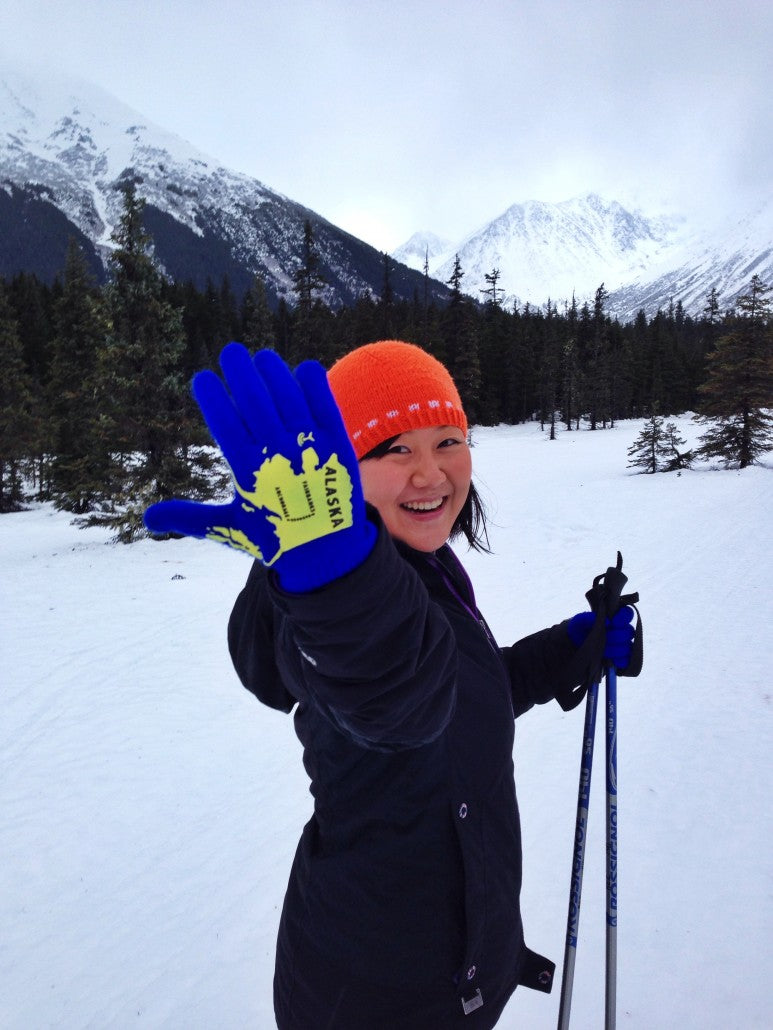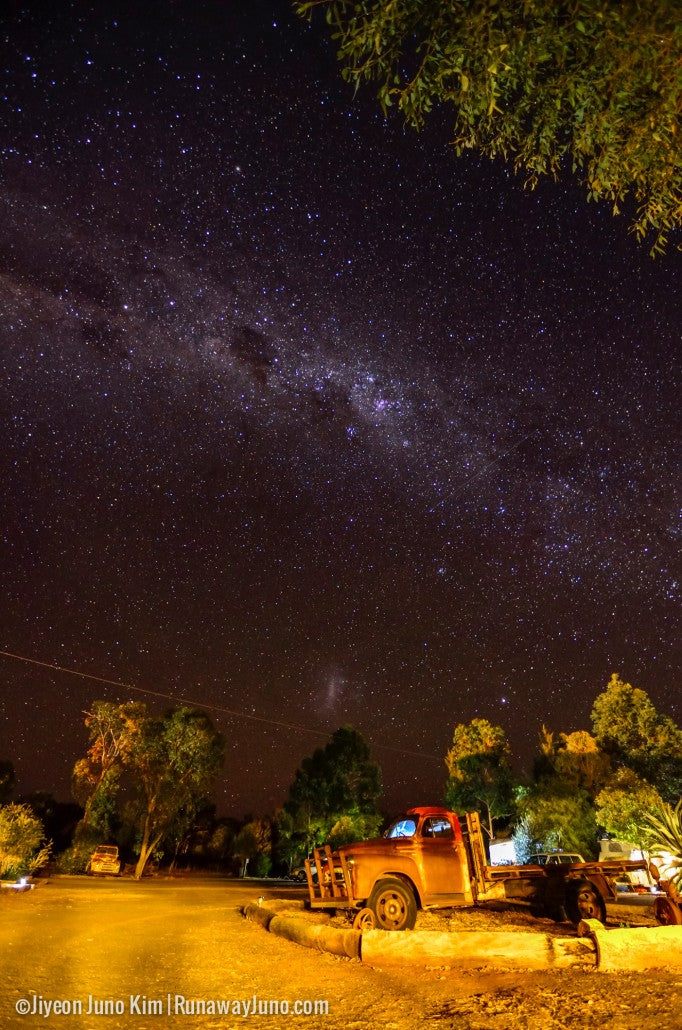We are proud to introduce Vanguard Professional Juno Kim!
Juno Kim is an award-winning storyteller, writer, and photographer at Runaway Juno Media (RunawayJuno.com). Originally hailing from Seoul, South Korea, Juno set off for the wider world to pursue her passion for international travel and storytelling. Since leaving her engineering job, she has been living out of a backpack, writing, and photographing her way through more than 40 countries for the last four years. She believes there are always stories to tell, in any corner of the world. She’s participated in numerous global-wide new media campaigns as a digital influencer and has also opened several photography exhibitions. Juno initiated the Asian Women’s Empowerment Organization, founded to empower Asian women to pursue their passions and a more independent lifestyle. She hosted its first annual conference in Kuala Lumpur, Malaysia and the second in Kota Kinabalu, Malaysia. She and her team are currently busy preparing the third conference in Yogyakarta, Indonesia for next year.
Juno uses a Vanguard Alta Pro 254CT carbon fiber tripod with a BBH-200 ball head, along with The Heralder 49 backpack. We had the pleasure of asking her a few questions. Read on to learn more about this inspiring travel photographer/blogger.
Tell us your story – what were you doing before “Runaway Juno” and what made you leave to embrace a life of travel?
My pre-Runaway Juno days were the preparation for my new lifestyle. I was always an oddball wherever I was, but I didn’t exactly know how to embrace it. My obsession for world travel and photography bloomed early, but I never knew such passion could be a career. I studied mechanical engineering and got a Master’s Degree. I worked for a big engineering company for two and a half years before I finally had the courage to say “This isn’t for me”(More of that story: It’s Time to Spill the Bucket).
What made me jump was the realization that I could really make my own life choices. There were lots of circumstances to consider, but it didn’t mean that I couldn’t fulfill my dreams. I realized all my dreams and passion were making me miserable in my day to day life. The only decision to make was either stop dreaming or make a big change. So I chose the latter. I call it “bucket living”.
What’s the biggest challenge you’ve faced since making the decision to be a professional blogger? And what has been the biggest reward?
Maintaining a relationship with my family and figuring out ways to earn an income has been my two biggest challenges. My family is conservative. They couldn’t understand the decision to give up such a good job for something unknown. The start was rocky but we are mostly back to normal. Perhaps even better, I can dare say. We talk more, spend more time together, and are more involved in each other’s lives.
Earning income is a different story. The market changes fast, so the ways of earning money are always shifting. But the non-monetary reward has been huge: all the experiences. Assignments have taken me from dog mushing in the Arctic of Alaska to sand skiing across the ancient deserts of Namibia. There are a lot of places still to see, but I’m really grateful for what I’ve experienced so far.
When and how did you fall in love with photography?
I’m a person of passion. Science has always been the core of my interests. By the time I was in middle school, I started to fall in love with earth science and astronomy. For my science summer project, I chose to investigate the relationship between weather and types of clouds. It was common knowledge that could be easily found in a science book, but I wanted to prove it myself. I borrowed a semi-automatic camera from my parents and went up to the roof every day photographing all different types of clouds. That was the start of my obsession.
When I was in high school I organized an astronomy club. With the cooperation of super nerds like myself, we hosted many stargazing events. And I started working on long-exposure star trail photos. Astrophotography quickly became the center of my life from that moment. The obsession hasn’t stopped since.
What does your process look like – from conceptualizing a shot through to post-processing?
I try to shoot the same scene with many different settings. I like taking cultural portraits, which means the subject is never the same in each frame. If I could, I’d be ready with multiple lenses and a backup body to go.
If I’m on an assignment, I make the essential list of shots I need. For adventure travel, I would want shots like people in the moment, a natural scene that captures the uniqueness of the destination. If I’m walking around a place with my camera, I mostly follow my instincts. Walking up to locals and asking for portraits is always fun and challenging. Sometimes it’s advantageous because I’m a woman. Wherever I go, I try to get myself into the people’s daily life and cultural activities. In the case of astrophotography, it takes a long time to get one shot, and it needs to be pre-planned according to the location of the sunset, moonrise, city lights, and bright stars.
Post-processing is more straight forward. I use a combination of Lightroom, Photoshop, and Google Nik Collection for fun. After exporting photos with my watermark, I upload them to my Smugmug web photo gallery: photos.runawayjuno.com.
How do you learn and grow as a photographer?
Experience. Communication. Inspiration.
Inspiration and talent are important for good photography, but they aren’t enough without experience. Study the technical background, experiment with trial and error, and learn from the mistakes. Good gear contributes to creating a good photo, but what polishes the art is an experience. What I learned over the years is that as photography is a form of art, the artist has to have confidence in her work. I think this attitude is very important.
Who would you say are your greatest influences or sources of inspiration?
I get inspired by any photographer with a unique style. That’s what I’m trying to do with my work. Culture and nature are my other inspirations. Shooting an interesting subject in their natural setting makes me excited.
The technical side of cameras and photography also ignited my passion. My photography career started as astrophotography with mechanical cameras. Learning all the technical details about cameras and film became a great foundation. I refused to transition to digital longer than I should have. I didn’t trust the ability of long-exposure.
What so far has been your favorite place to visit?
I’ve always been drawn to glaciers and desserts. It must be because those places contain an unimaginable amount of history of our planet. My strange passion led me to some of the most spectacular destinations, such as deserts of Namibia and Arctic Alaska. The red sand dunes of Namibia is a dream come true for all the desert-lovers like me. In Alaska, I experienced the Alaskan culture from dog mushing to northern lights.
India presented me with the best opportunity for portraits and cultural settings. From the Ganges River to the mountains of Rishikesh, from the general train compartments to the stunning architecture, everything I saw was raw and unique. Every day was a new day for two months. It was truly a world like no other.
The happiest country in the world, Bhutan really showed me peace and happiness. I was captivated by their greenery, mountainous scenery, and most of all, the people. This little drop of heaven in between Nepal and India is keeping their tradition and culture strong and steady.
I feel more honest when I’m on the road, especially when I’m in these kinds of ‘harsh’ places. I don’t have to care about what to wear or how I look. Survival is more important than appearance. I learn to appreciate my family and friends. I see the greatness of nature and harmony. I make the best of what I have in my own way. I also learn how to cope with unexpected situations. It helps me realize what’s more important and what’s not in life.
Your favorite (or most surprising) meal?
My love for Korean food will never change.
The most surprising cuisine was Bhutanese. I loved Bhutan. It’s such a peaceful and beautiful country. But one thing I couldn’t relate to was their love of chili peppers. They love their spicy peppers! After the first dinner in Thimphu, I could feel that my colon was on fire. What an extraordinary experience.
Another memorable meal was Bushmen fondue in Namibia. Instead of dipping cut-up food into melted cheese, we deep fried a big piece of meat on a metal skewer over a campfire. It was like in an African culinary dream.
Which photo of yours are you most proud of (at least at this moment)?
Here are a few of my favorites:

Any advice to aspiring travel photographers?
Be proud of your work and trust your instincts! And don’t be afraid to try something new and different. Rules and techniques are important, but creating your unique style is the most important as an artist.







